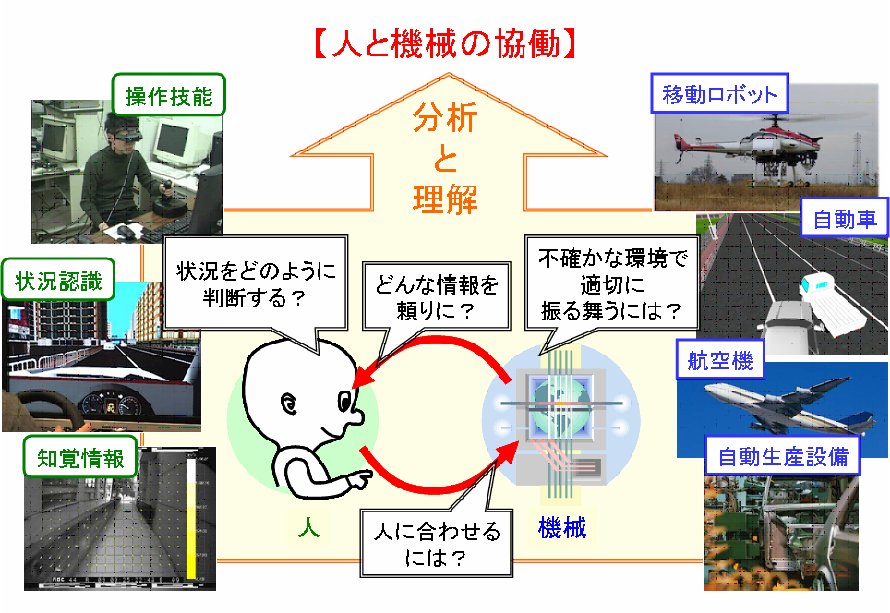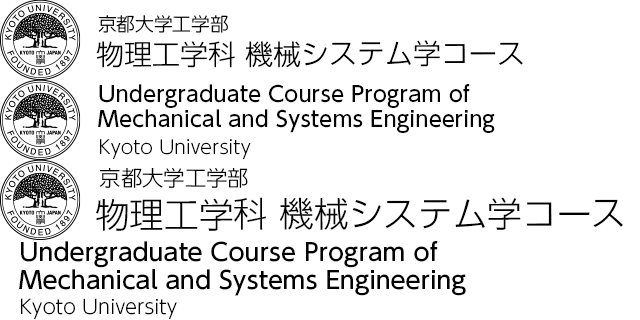Design and Control of Mechanical Systems Laboratory: "Toward the Collaboration of Human and Machineries"
Today, various mechanical technologies are being employed around us to reduce work burdens on humans. The auto-pilot system of airplanes and adaptive cruise control of automobiles are the representative examples of such technologies. Machines and computers' ability is far better than humans in performing such simple tasks as controlling altitude, direction and speed. But for more complicated tasks, which have not been sufficiently automated yet, machinery or computers cannot perform as well as humans. Therefore, various complicated tasks such as a planetary exploration mission using a rover are performed jointly by machines and humans, each contributing their own strengths. In the future, as the abilities of machines become higher and higher, the opportunities in which people and machines need to work together will increase. For example, to support our increasingly aging society, various mechanical technologies including robot technologies are expected to be employed not only in factories but also in our daily life. In such cases, cooperation and mutual understanding between men and machines is important to prevent people from operating the machines incorrectly or machines from causing harm to people.
Today's machines are not sufficiently capable of performing "collaborative work" with humans. This is because there is no appropriate system to enable smooth collaboration between people and machines. Thus, people tend to feel like working with some mysterious, complex machines, and cannot feel at ease while working. A slight operation error may lead to an accident. Meanwhile, today's machines, such as an assembly robot in a factory, are designed to operate only in a previously planned environment. To realize smooth collaboration between machines and humans, it is necessary to make machines adaptable to humans' unpredictable activities, instead of adjusting human activities to machines. But we have not achieved satisfactory design methods for machines capable of working in such unstable environment.
How do people make decisions based on what information, in order to effectively use complicated, multi-functioned machines? What kind of things are necessary for machines to operate in an unstable environment? Or how can such things be designed?
Seeking answers to these questions, our lab works on research with the aim of establishing a theory to realize smooth collaboration between humans and machines, in which humans and machines complement each other.

